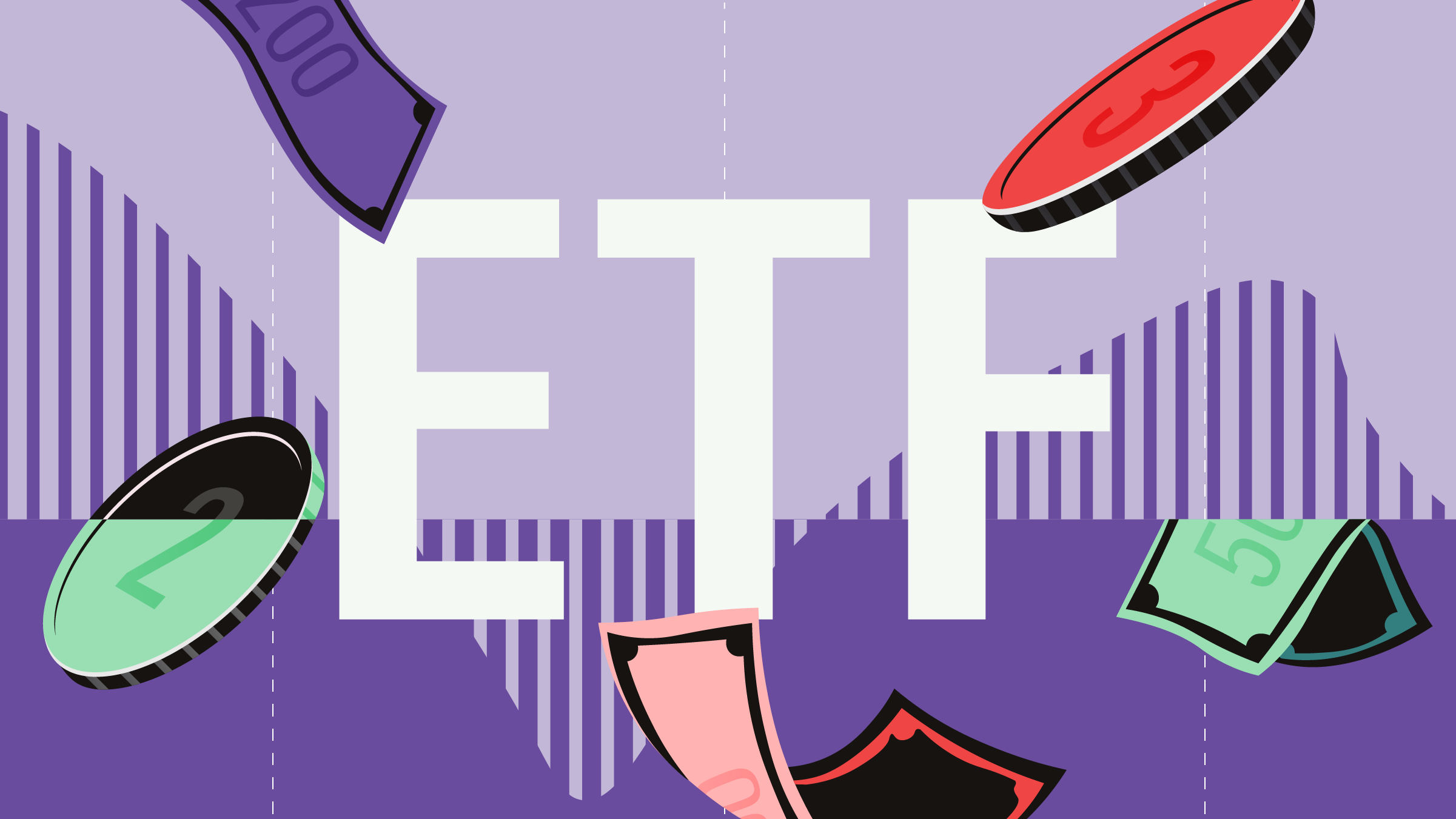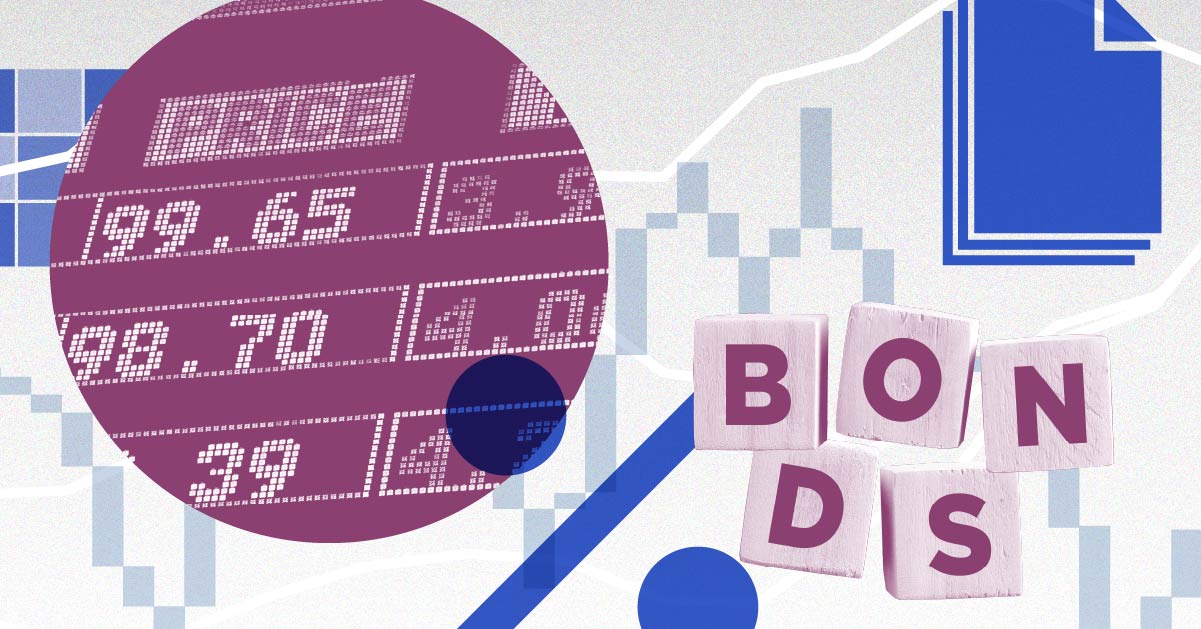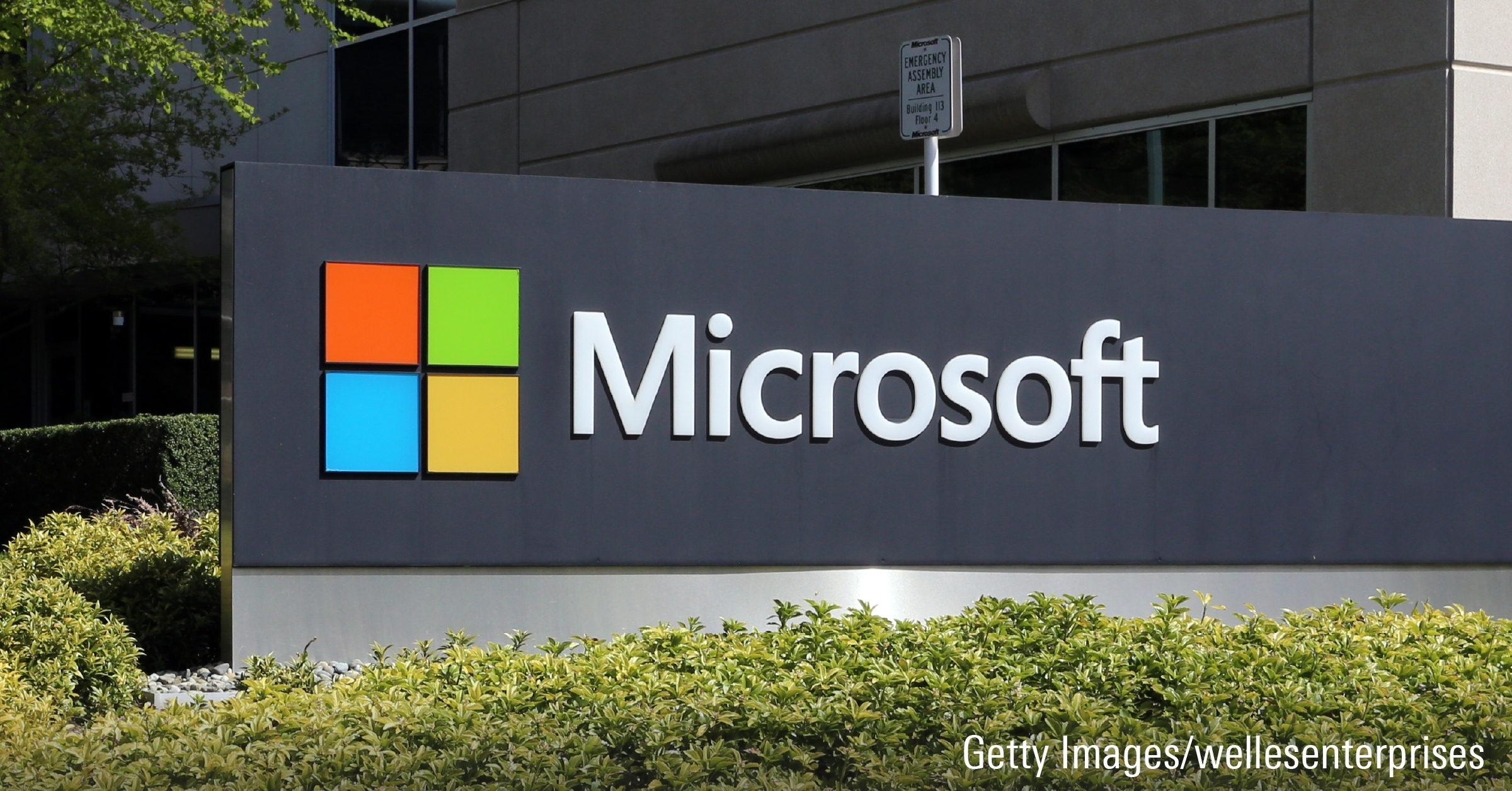Most investors take little or no comfort in learning that the multi-asset fund they own has beaten its market benchmark, if it did so in a losing cause. What they do care about is whether it's producing decent positive returns without having to make big bets.
Designed to appeal to this risk-averse, show-me-the-money mindset is Sun Life Multi-Strategy Target Return, launched today by Sun Life Global Investments (Canada) Inc. "The goal is to get your portfolio appreciating over time without taking on a significant amount of risk," Sun Life's chief investment officer Sadiq Adatia says.
There are all kinds of ways to invest conservatively, most of which are far less complex than what the new Sun Life fund is designed to do. Managed by a London-based Aviva Investors team, the fund's portfolio -- especially with its extensive use of derivatives on multiple fronts -- will be very different from a traditional conservative portfolio.
So much so that this fund is categorized by securities regulators as a commodity pool. That means that for retail investors, the fund is available only through investment dealers that are regulated by the Investment Industry Regulatory Organization of Canada (IIROC). Mutual-fund dealers aren't allowed to sell this fund.
The fund's target return is clear and simple, as specified in the prospectus. The goal is an average of five percentage points annually above the Bank of Canada's overnight lending rate -- before fees and expenses -- during a rolling three-year period.
Currently, that target translates into an average annual return of 5.5%, before fees for everything from portfolio management to brokers' trailer commissions to operating expenses and taxes.
The management fee for the optional-load Series A sold through commissioned advisors is 2.25%. When investors buy this series, Sun Life will pay trailer commissions of anywhere from 0.25% to 1% a year, depending on the purchase option chosen, for as long as the investor remains in the fund.
The administration fee, covering most operating expenses, is 0.20%. As with any fund, taxes and the small portion of costs not covered by the administration fee also reduce returns. Sun Life also offers fee-based series and reduced-fee purchase options for large investments.
What it all boils down to for retail investors, based on Sun Life's and Aviva's projections, is an average target return, after fees, of less than 3% in the current low-rate environment. This is higher than what you can expect to earn these days from high-quality bonds, GICs or premium savings accounts, but the fund has less growth potential than an equity portfolio.
Depending on an individual's risk tolerance, the reduced exposure to equities is not necessarily a bad thing. Aviva will seek to manage volatility to a target of less than half that of global equities, as represented by the MSCI All Country World Index. Volatility will be measured over the same rolling three-year periods.
The portfolio will make allocations -- either indirectly or through managed funds -- to stocks, bonds and other long-only investments. But what sets Aviva's strategy apart is its reliance on various derivatives. As noted in the prospectus, the fund may hold futures, options, swaps, "swaptions," total-return swaps, currency forwards, foreign-exchange options and credit-default swaps.
According to calculations by Aviva Investors, the expected maximum amount of leverage that the fund may use, as a multiple of net assets, is an eye-popping 700%. But as explained by Adatia in an interview with Morningstar, and as noted in the prospectus, the 700% figure bears no relation to the fund's actual leveraging risks.
Aviva's leverage calculation does not factor in positions that might be expected to cancel each other out, that are held for hedging and not speculative purposes, and that are fully covered by cash or other holdings.
Making speculative bets isn't Aviva's game. On the contrary, as part of its multi-strategy approach, the firm aims to lower the overall risk of the fund by managing the volatility that each strategy contributes to the portfolio. Aviva also seeks to take advantage of both rising and falling markets.
The chief architect of Aviva's multi-strategy approach is Euan Munro, the CEO of Aviva Investors, which at the end of 2015 had GBP290 billion under management. Munro joined Aviva in January 2014 from Standard Life Investments, where he was the global head of the multi-asset investing and fixed-income teams.
The Sun Life fund is co-managed by a team of managers consisting of Peter Fitzgerald, global head of multi-asset strategies; Daniel James, global head of fixed income; Ian Pizer, head of strategy; and Brendan Walsh, multi-asset portfolio manager.
The Aviva team employs a value-at-risk (VaR) model set out in the UCITs Framework, the European mutual-fund regulatory guidelines for risk measurement and the calculation of global exposure and counterparty risk. Under this model, as stated in the Sun Life prospectus, the fund's value at risk cannot be greater than 20% of the fund's net asset value, irrespective of the portfolio assets held in the fund and the amount of leverage employed.
Though conservative investors would regard a 20% loss as a severe hit, this figure represents a worst-case scenario under the most extreme market conditions. As investors experienced in 2008-2009, equity-market losses can be much more severe. By contrast, Sun Life Multi-Strategy Target Return is positioned for slower and steadier gains.















